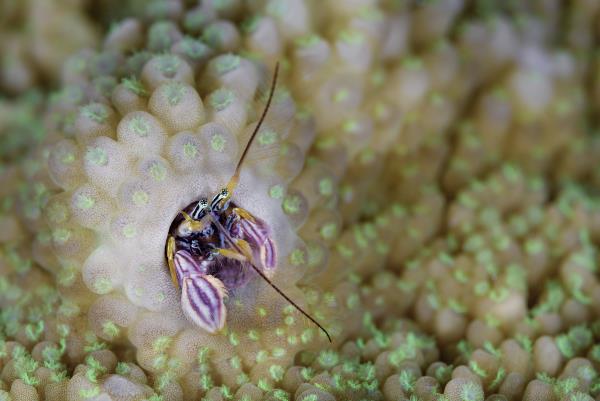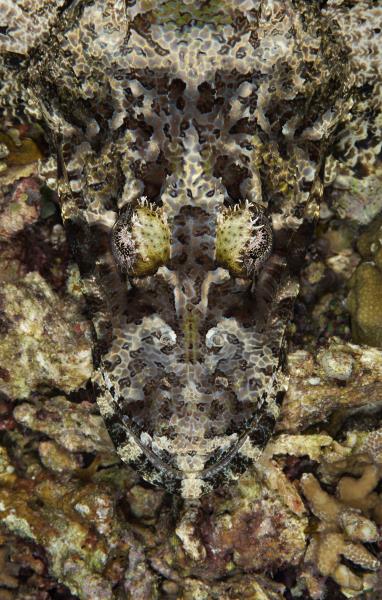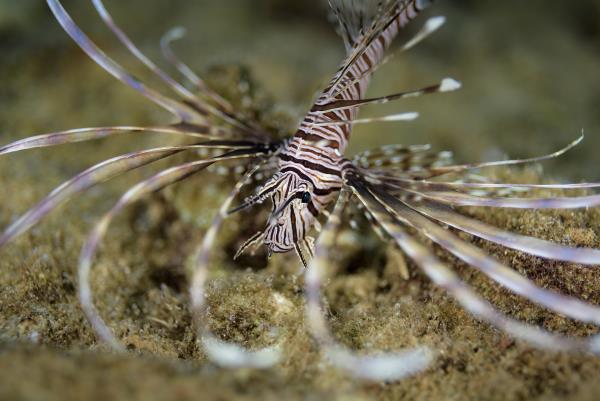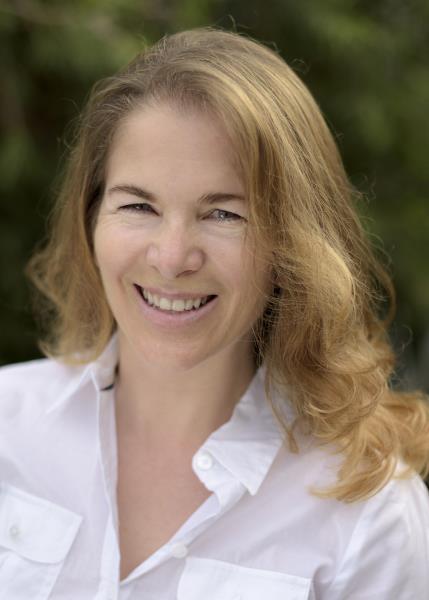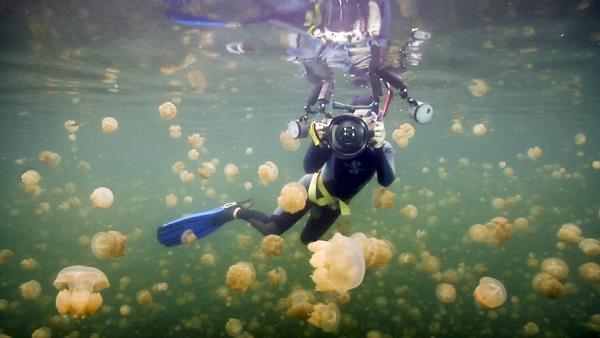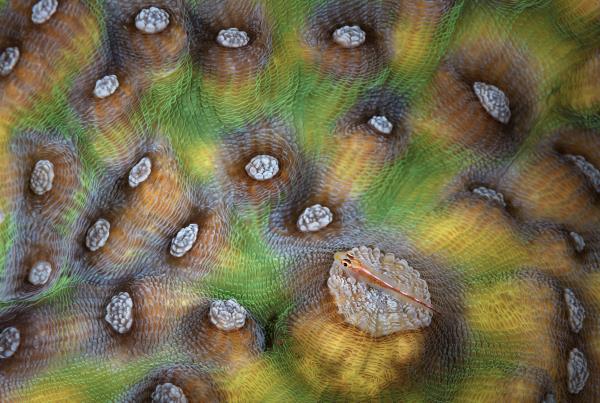By KATIE DE VERTEUIL
Local underwater photographer Liz Harlin has taken out the title of 2015 Queensland’s Australian Institute of Professional Photography (AIPP) Science, Wildlife and Wild Places Photographer of the Year.
Her incredible winning shots were four macro images which captured a one-inch pygmy-goby plankton feeder, a venomous lionfish, a crocodilefish and a coral hermit crab.
A part owner of local business Undersea Productions, Liz Harlin is internationally renowned for her work which spans marine wildlife, commercial projects and underwater portraits for private clients.
Her one true passion, however, lies deep in the depths of the ocean.
“In my images I like to show the small things that are often overlooked,” Liz said.
“For me, taking photos is not just about capturing that which is most charismatic, like sharks and turtles, but finding other part of the ocean which helps to make up the bigger picture.”
Born in England, Liz grew up in Italy and Canada and began using an SLR camera and developing her own black-and-white film at the age of 11.
In 2001 Liz took up recreational diving and, having fallen in love with the experience, she quit her corporate job in London to spend a year travelling the world as a backpacker, finding work in the diving industry.
It was during this time that she met her husband Josh Jensen, an Australian underwater cameraman.
In 2006 the pair started their own business and a year later they moved to Noosa.
While Liz views her work as a dream job, she admits underwater photography is a challenging pursuit.
“When you are an underwater photographer you are limited by the air in your tank,” Liz said.
“This usually lasts between one to two hours, depending on how deep you dive.
“My winning image of the coral hermit crab was the most difficult to capture.
“It took me two hours to get the perfect shot and I was really coming dangerously close to running out of air.”
Another issue which Liz encounters when taking shots is that of keeping the subject in focus.
“On land you can use a tripod, underwater you don’t have this luxury, so everything is handheld,” Liz said.
“With the movement of the current and the limited depth of field it is extremely difficult to keep a steady hand.”
With a lot of hard work having gone into Liz’s images, she was both surprised and delighted to have won the prestigious award.
When it came to advice for anyone interested in taking up underwater photography, Liz had one clear point.
“Make sure that you are a good diver before even thinking about picking up a camera,” she said.
“Practise diving in a wide variety of conditions until it becomes second nature because when you are down there taking photos your focus is entirely on the images you are taking.”
For more information on Liz Harlin visit her blog at undersea.link/1yvyd9F.

